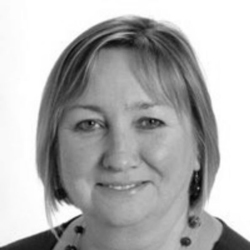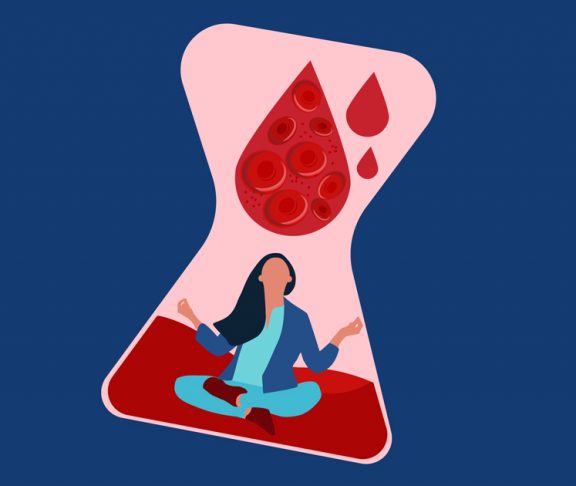
Dr Kate Khair
Vice-chair, The Haemophilia Society
Women’s bleeding disorders can have a big impact physically, psychologically and financially, yet many people still don’t know that women can be affected by these genetic conditions.
More women than men have a diagnosed genetic bleeding disorder – the most common for women are von Willebrand disease, mild haemophilia or factor XI deficiency. Yet a lack of awareness can result in long delays in diagnosis and poor care.
Knowing the symptoms
There are 17,000 women and girls in the UK living with a diagnosed genetic bleeding disorder and at least another 35,000 undiagnosed. Research shows that heavy menstrual bleeding (HMB) is the most common clinical indicator of a genetic bleeding disorder. One in six women with HMB has an underlying bleeding disorder and 20% of adolescent girls who seek medical help with HMB will have a bleeding disorder.
Other signs are a tendency to bruise very easily, prolonged bleeding after dental work, frequent nosebleeds and a family history of a bleeding disorder.
Improving diagnosis of bleeding disorders
The Haemophilia Society’s Talking Red campaign, which raises awareness about women’s bleeding disorders, has launched a symptom checker aimed at women and girls with HMB which could dramatically increase diagnoses.
In just a few minutes on their phone or computer, the new tool will take the user through questions about their periods, other bleeding symptoms and family history and will give guidance on whether they should go to their GP and ask to be tested for a bleeding disorder.
There are 17,000 women and girls in the UK living with a diagnosed genetic bleeding disorder and at least another 35,000 undiagnosed.
Crucially, we recommend that women ask their GP for a referral to their local haemophilia centre so that specialist tests can be done. Basic blood clotting tests done by GPs often will not pick up a bleeding disorder.
Dr Jo Traunter was diagnosed with type 2 von Willebrand disease at the age of 36, just before the birth of her third child. The pregnancy had complications which, combined with her bleeding disorder, created a potentially life-threatening situation.
Jo says: “Diagnosis literally saved my life, and I will not be alone. How many women have suffered unnecessary severe bleeding or risk to life because of a lack of diagnosis? I hope the new symptom checker tool empowers more women to get the specialist testing they need so they can potentially get a diagnosis and move forward with their lives.”


